Junkyard Gem: 1972 Chevrolet Vega Sedan

The Chevrolet Vega story makes for a fascinating chapter of American automotive history, and the appearance of six Vegas in a Denver car graveyard recently means that we can continue our exploration of that story after admiring a discarded 1974 Vega GT hatchback awhile back. Today’s Junkyard Gem is an example of the most affordable of the four Vega body styles offered by GM: the notchback two-door sedan.
Of those six Vegas in the Denver U-Pull-&-Pay, there are two sedans, one wagon and three hatchback coupes (including a genuine Millionth Edition GT, built to celebrate a million Vegas built at the Lordstown plant). The only variety missing from this group is the Panel Delivery.
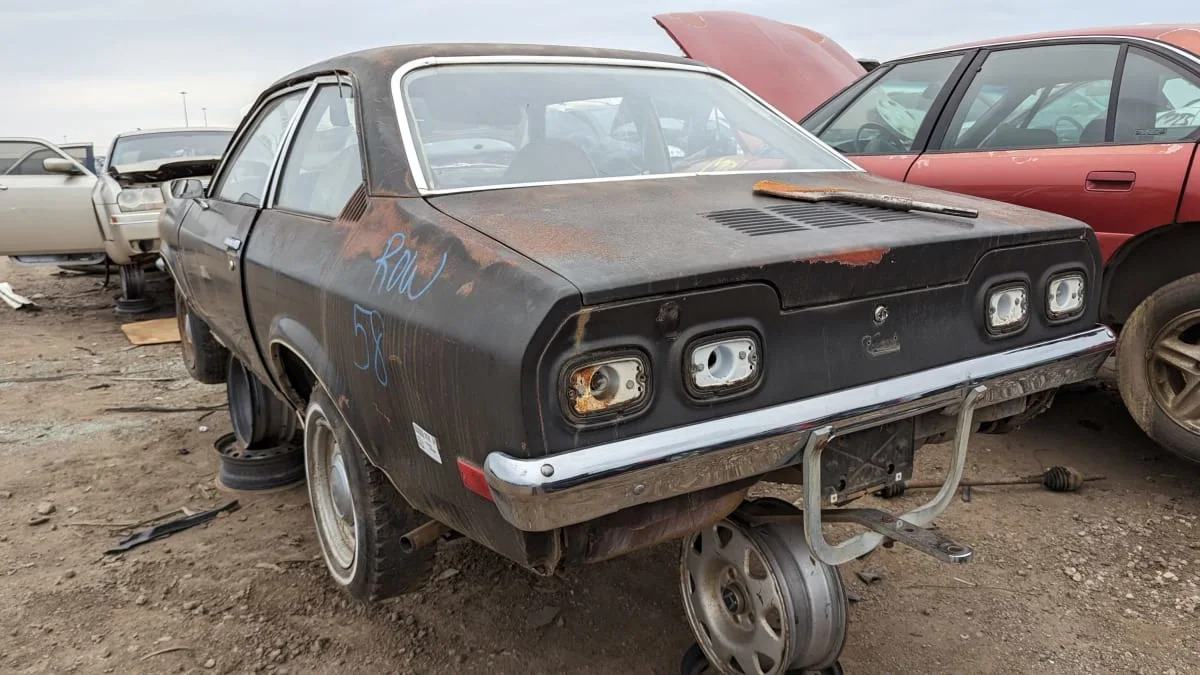
The hatchback was by far the best-selling type of Vega; for the 1972 model year, 262,700 hatches were sold versus just 55,800 of these notchbacks. Contrast that to the Vega’s Ford Pinto rival of that era, for which sales numbers of the sedan and hatchback versions were fairly similar to each other.
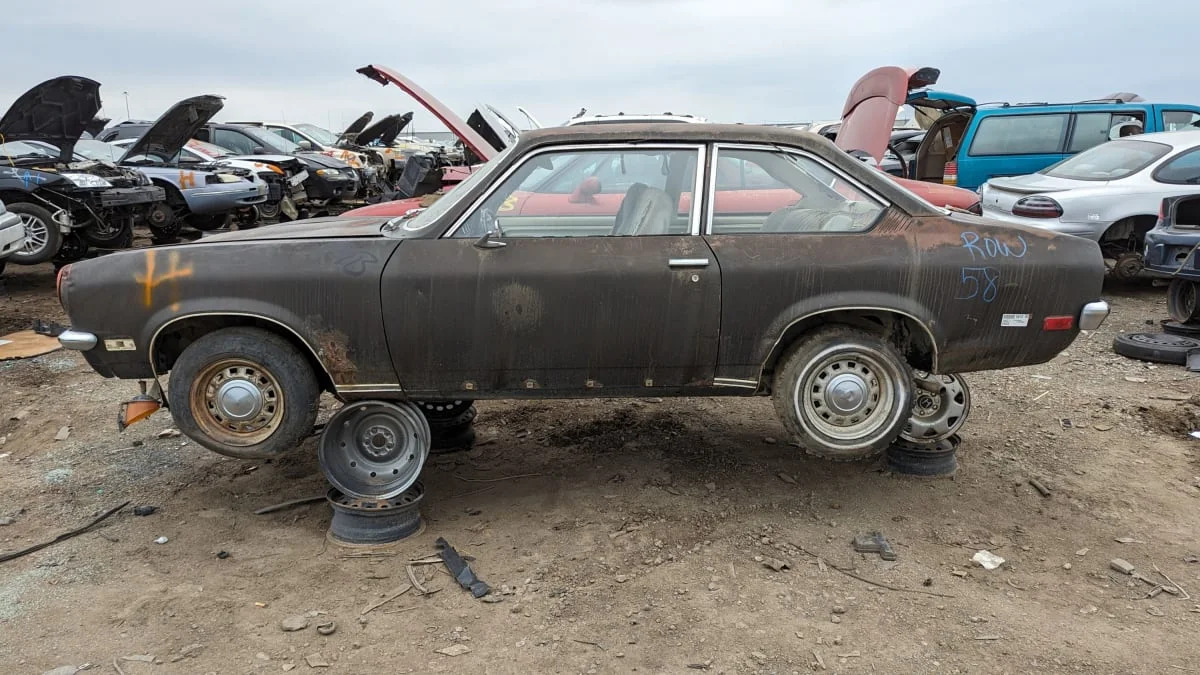
The Vega hatchback just looked sportier than its otherwise similar notchback sibling, which probably accounted for the lopsided sales split.
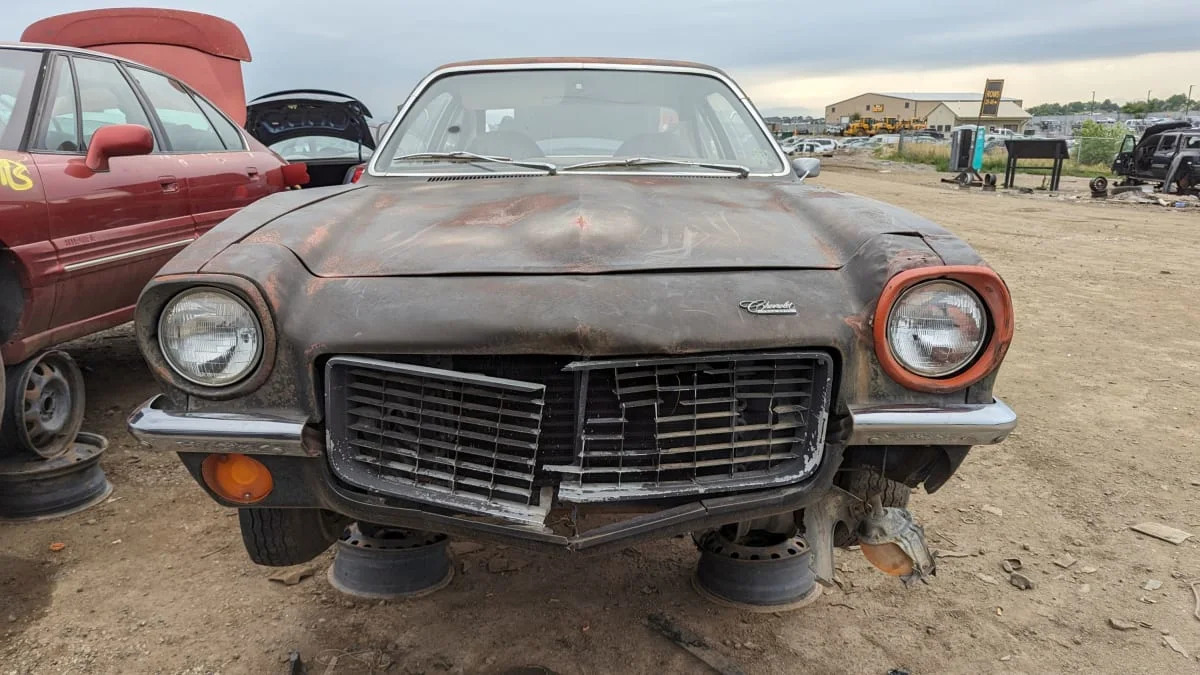
The Vega was one of the best-looking cars in its class at the time, with a nose resembling that of its Camaro big brother.
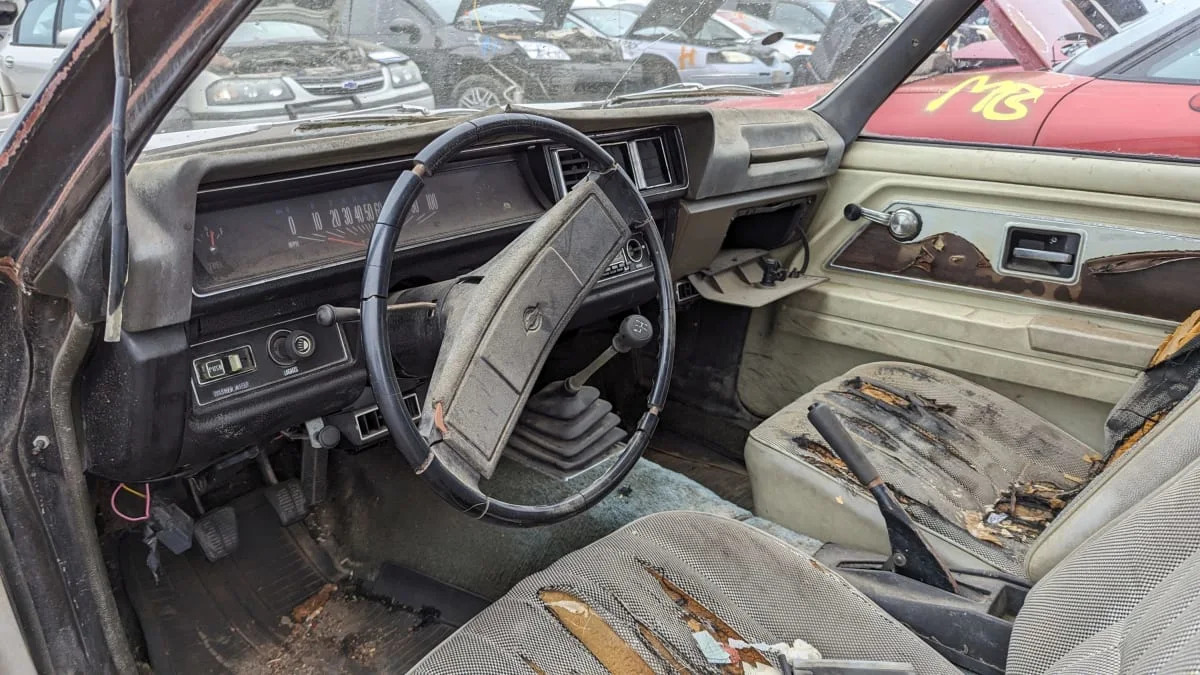
The Vega should have crushed its competition and put GM in position to dominate the global automotive industry by the dawn of the 1980s, but design flaws, intra-corporate infighting and heavily publicized recalls ruined that plan. After 1977, the Vega was gone (though Vega-based vehicles remained in production for a few more years). Still, the Vega sold like crazy during its first few years in showrooms, especially after OPEC shut off the oil faucet in the wake of the Yom Kippur War in late 1973. More than 2 million were built, with 1974 as the year of Peak Vega.
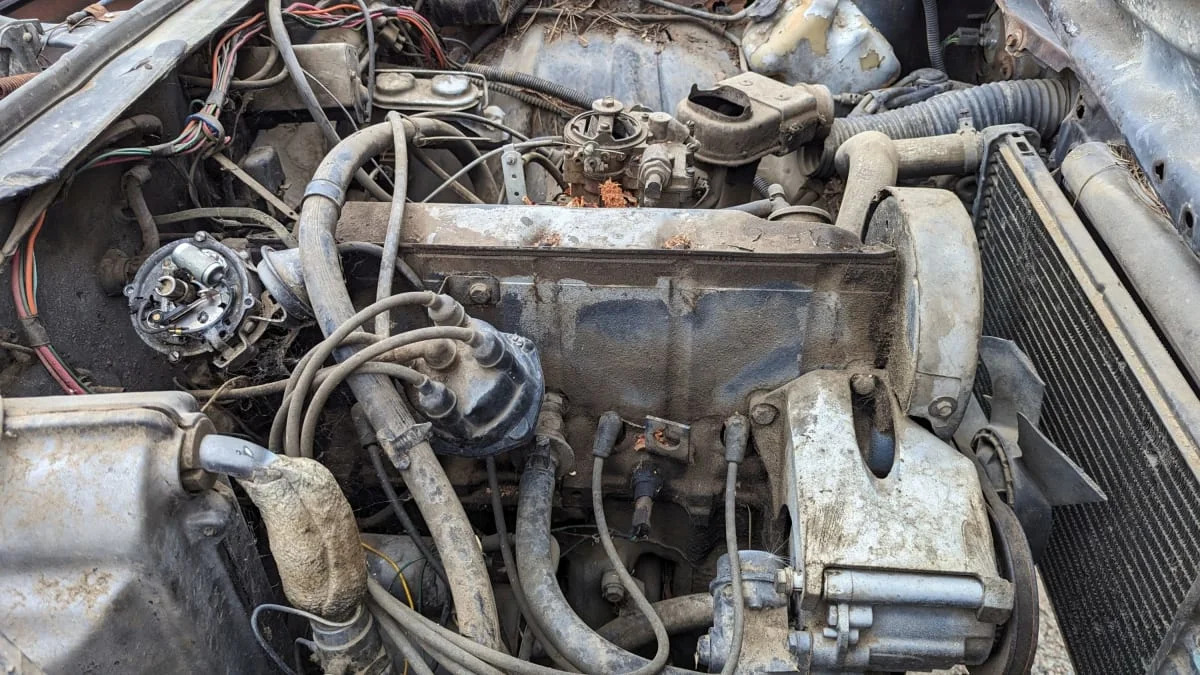
The Vega had a modern overhead-cam straight-four engine, with an unusual combination of cast-iron cylinder head sitting atop an aluminum engine block with unlined cylinder bores. It displaced 2.3 liters and was rated at 80 horsepower for the 1972 model year (this was down from a claimed 90 horsepower at the time of the Vega’s launch for the 1971 model year, but the downgrade was due entirely to the change from gross to net power ratings that took place later in ’71). Drag racers and hot-rod hooligans soon figured out how to stuff V8s into Vegas, naturally.
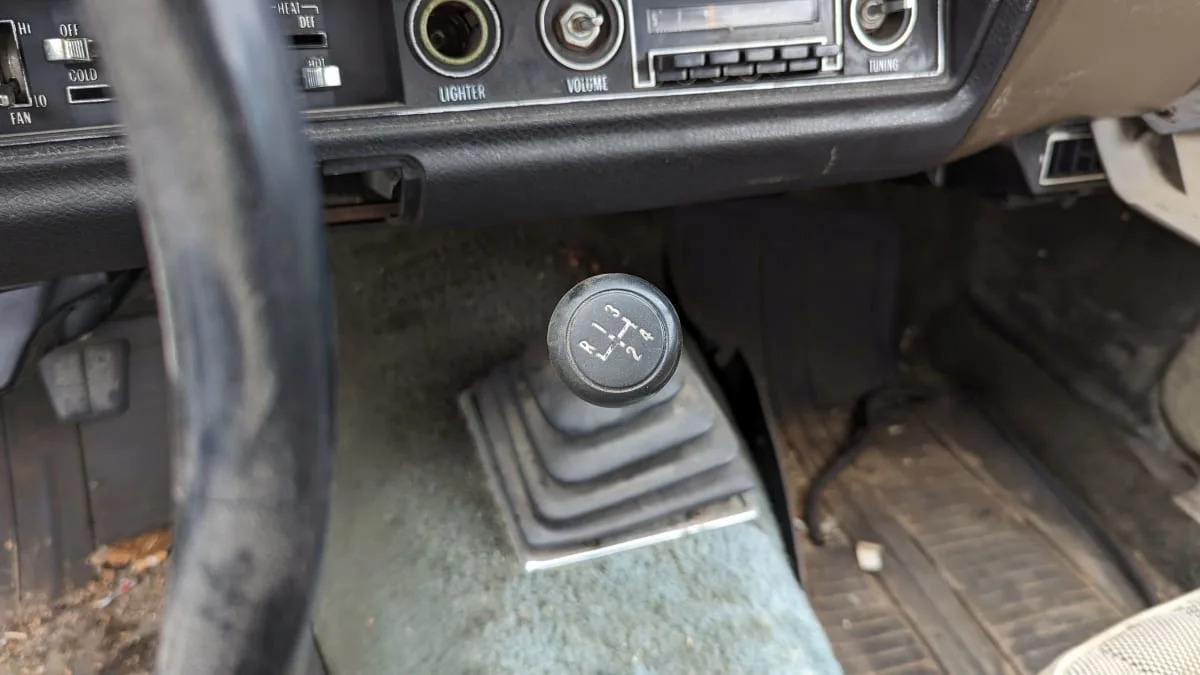
The base transmission for the 1972 Vega was a three-speed manual with floor shift. This car has the optional four-on-the-floor manual (which seems to have been the most popular transmission choice in the early Vega), which cost just 41 additional bucks. That’s about $306 in 2023 dollars.
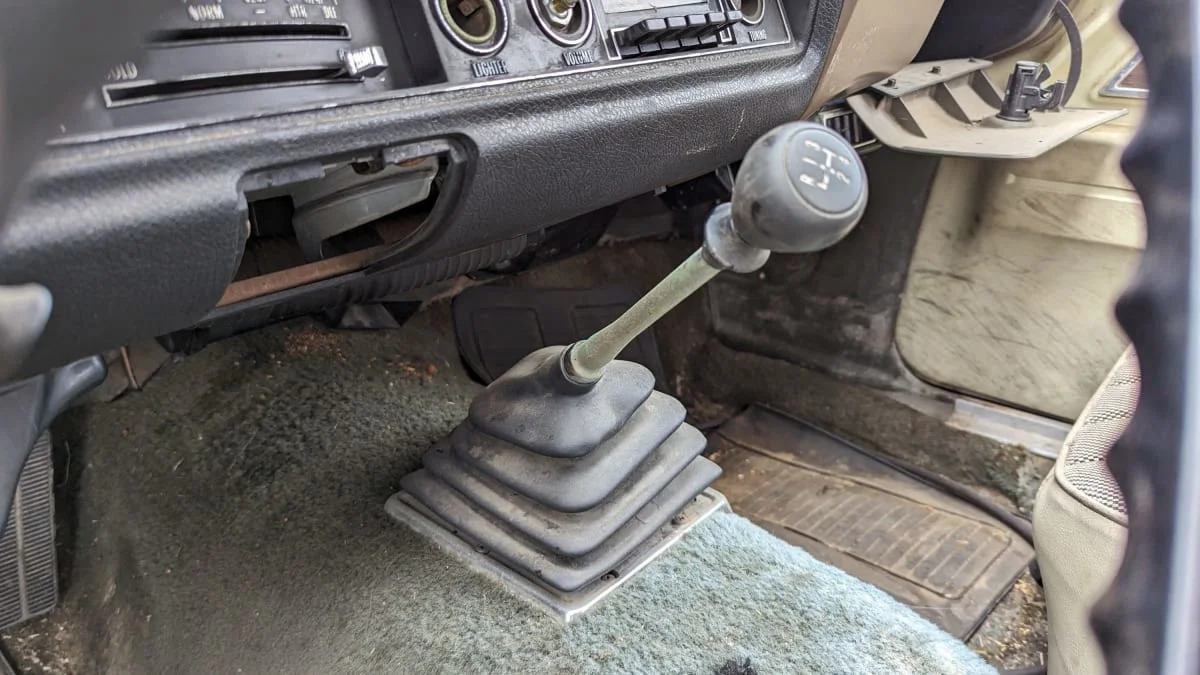
A Powerglide two-speed automatic was available through the 1973 model year as well, making for a genuinely miserable driving experience. After that, the slushbox option for the Vega was a three-speed.
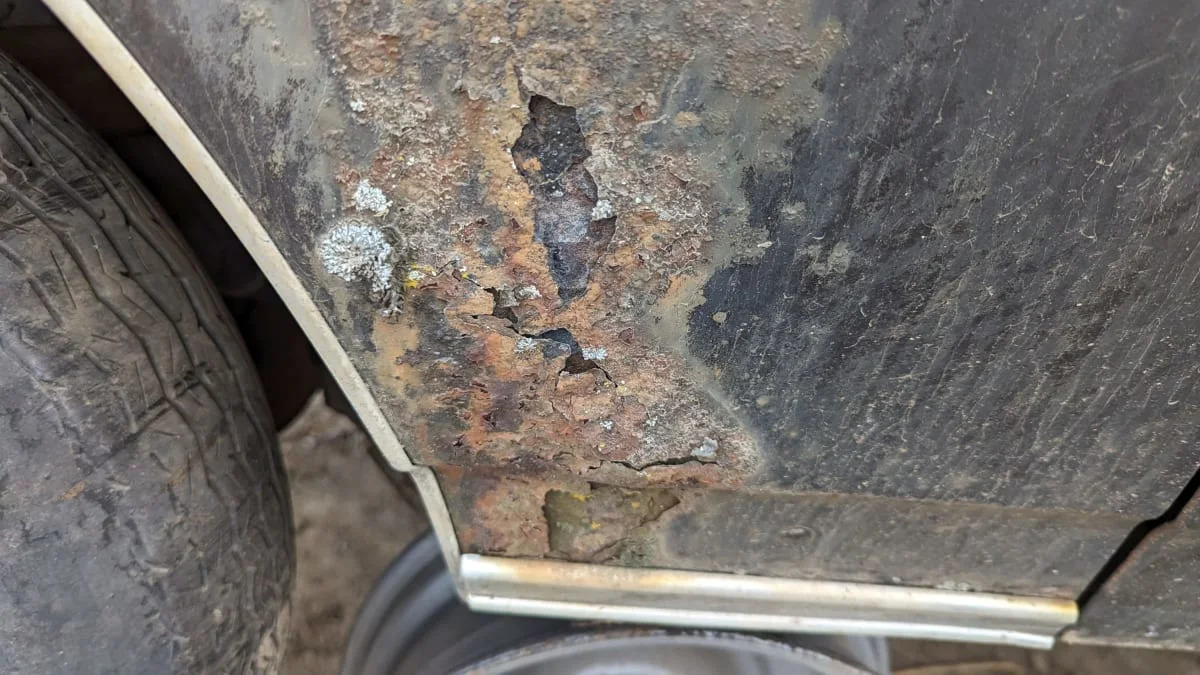
This car has the front fender rust typical of the early Vega and its not-so-effective rustproofing, but is fairly solid otherwise.
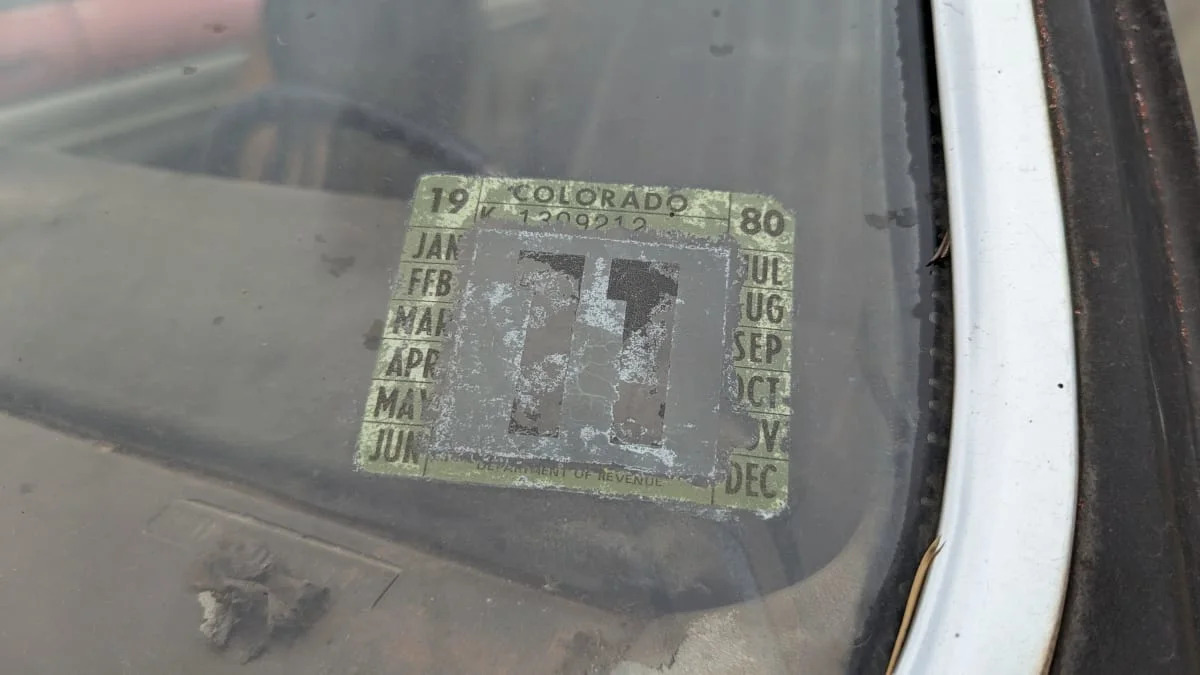
This 1980 Colorado registration sticker suggests that it spent most or all of its career in the Centennial State.
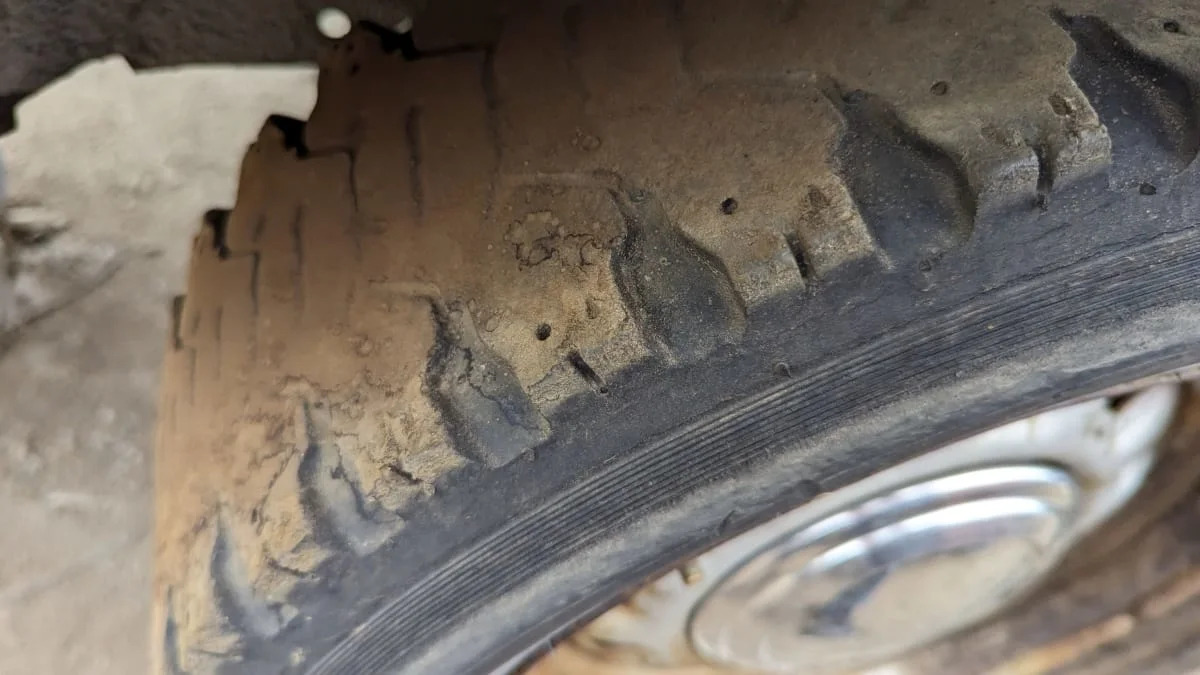
These ancient studded snow tires indicate that it was parked for good many years ago.
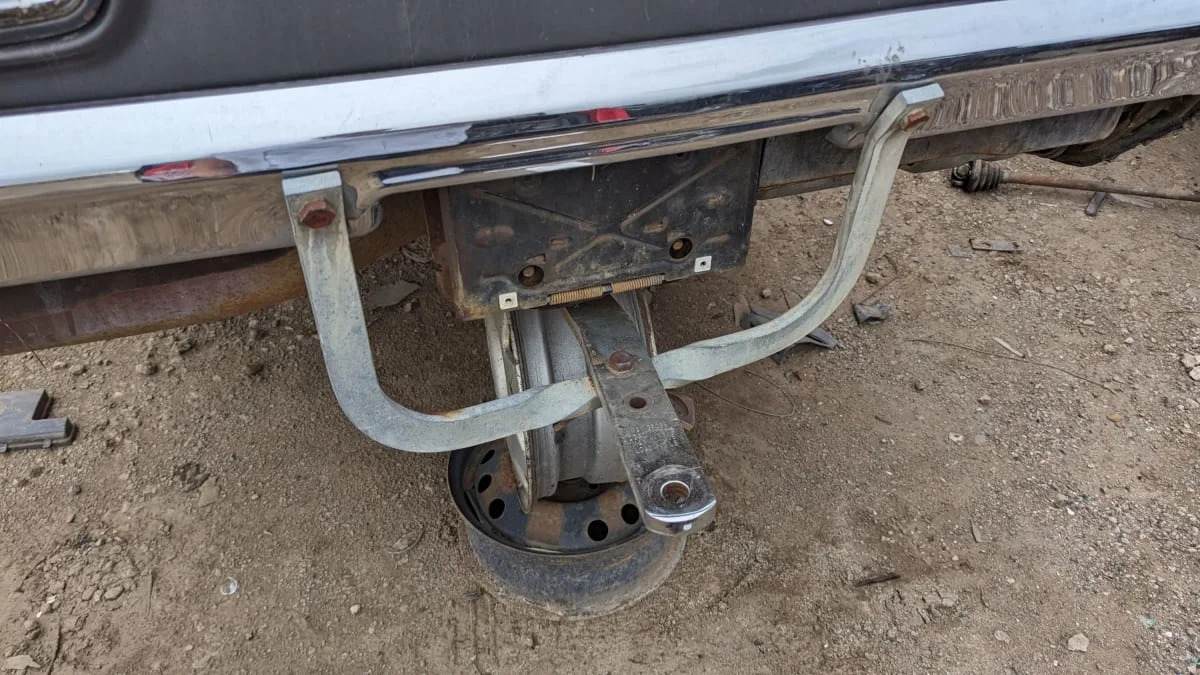
Serious towing wouldn’t have been a great idea with a Vega, but this one has a hitch.
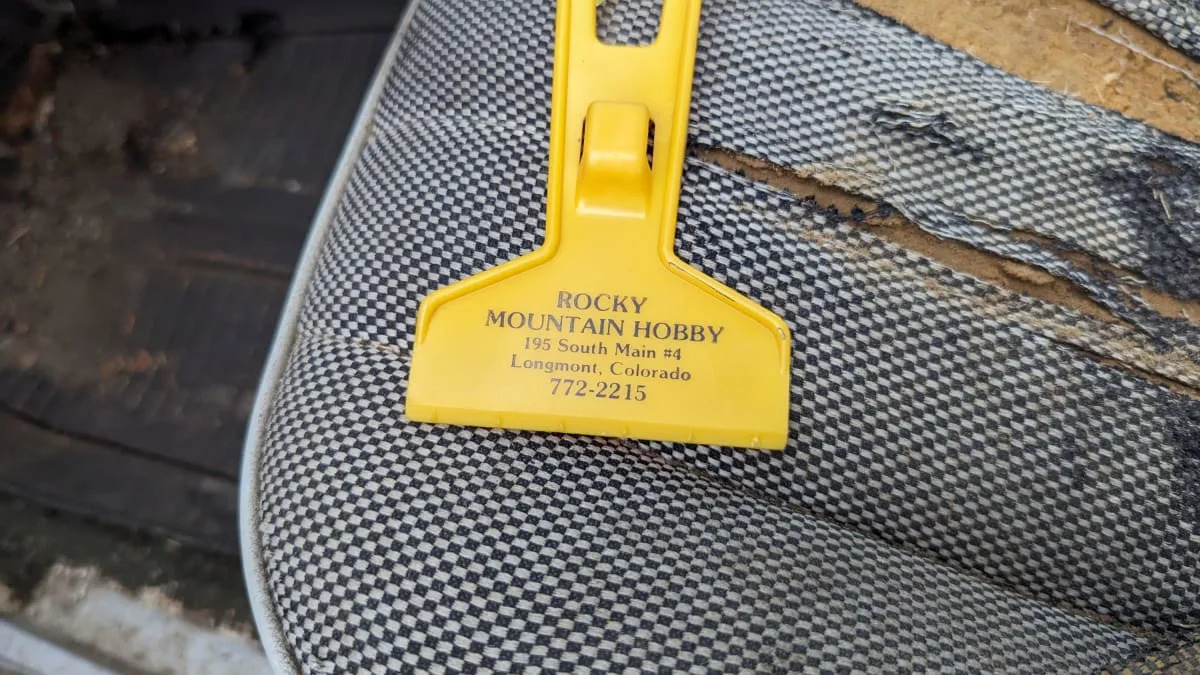
Another Colorado Vega heads to the crusher soon.
The happy little Vega enjoys its work. It enjoys being driven.
Everything a family needs.



